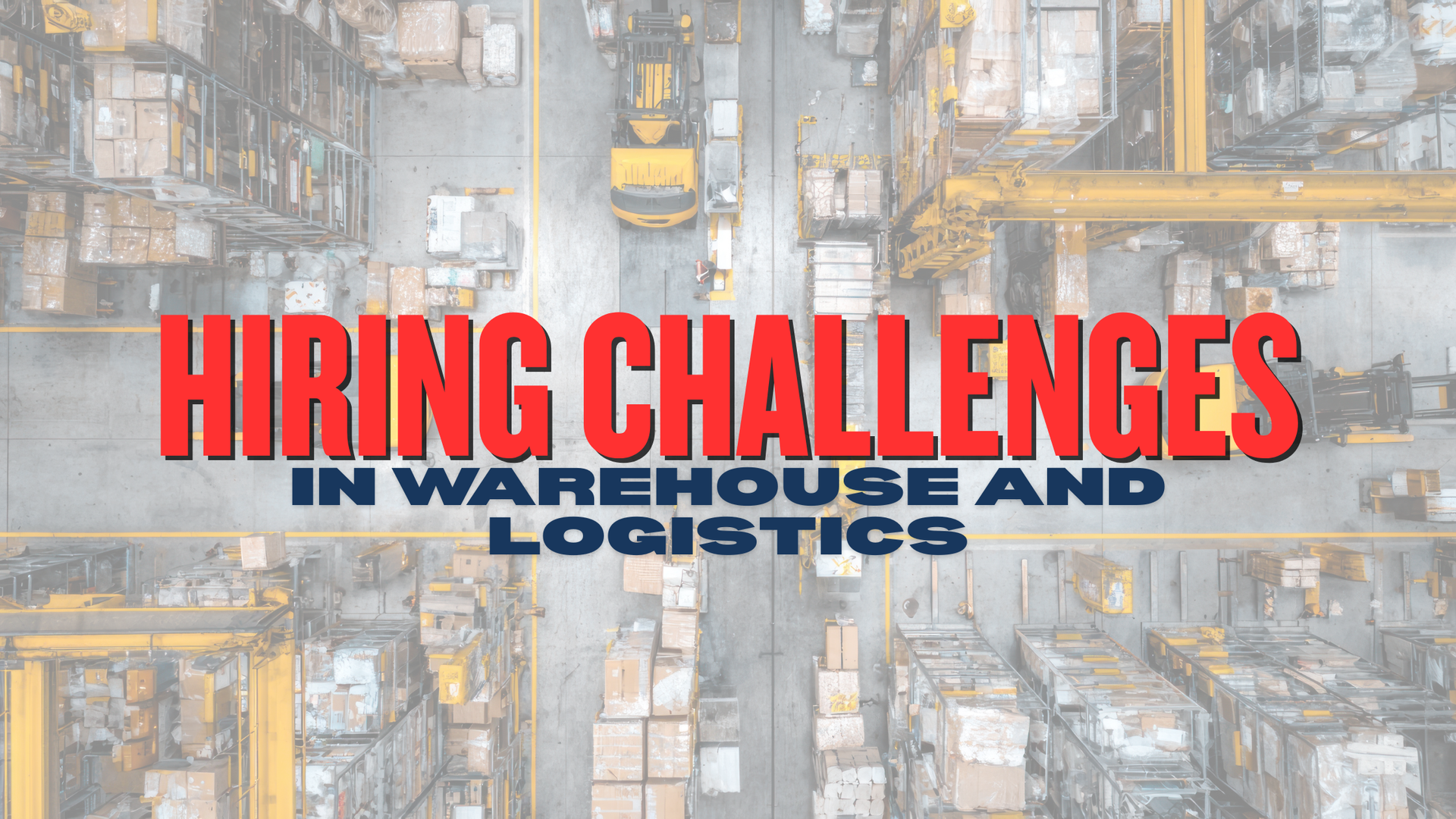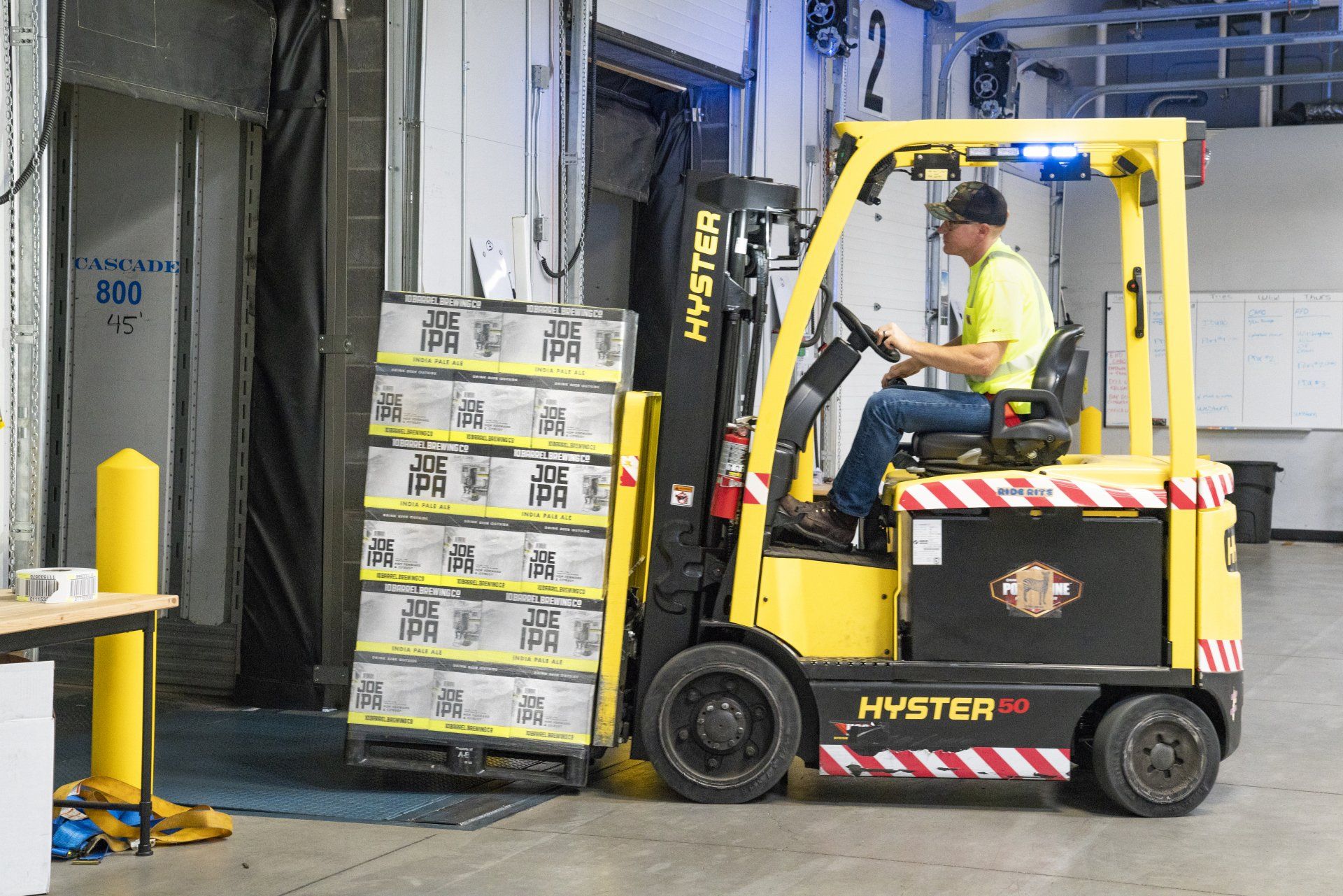What To Expect When Hiring During Covid-19
Hiring an employee for your business is a lengthy process, especially within the period of COVID-19.
As businesses closed over the last couple of months, the unemployment rate jumped to 6.2%, this is the highest the rate has been since September 2015.
As the restrictions are starting to be lifted, businesses are beginning to reopen. This is great for businesses and individuals as it means we are slowly starting to move our economy in the right direction. Depending on the businesses situation, this may mean they need to hire new staff. With a large number of people without jobs, it also proposes that there are a vast number of people suited for the role these businesses are wanting to fill.
If you are a business looking to hire during these times, there are some things that you need to expect. Right now, the process of hiring a new staff member will be a changed situation to what it used to be.
As a recruitment agency, we go through the process of hiring staff every day and these are some of the changes we have seen in the process of hiring staff during COVID-19:
1. An influx of applications
As stated above, the unemployment rate has increased. Pre-COVID-19, some job advertisements could have expected applications to range anywhere from 20-60 people, others may be a bit more. If you are going to post a job advertisement today, expect a considerable large amount of applications.
It may take longer than usual to screen applications and resumes so ensure your advertisement is clear and precise about the role you are advertising for. This way, you can hopefully get more high-quality candidates and save yourself some time.
2. Inexperienced applicants
Inexperienced or unqualified applicants applying for a role happened pre-COVID-19, but now, expect a lot more. As an increased amount of people are looking for jobs, they will apply for as many roles as they can. This includes ones they are not qualified or experienced for. It is normal to expect this and they will be part of your large number of applicants - even if the job advertisement is very specific.
3. Over experienced applicants
Within your applicants, you will have both extremes. Underqualified and overqualified. As COVID-19 shut down many businesses, it was not prejudiced on what roles it would take from people. This means that there may be a number of highly experienced and qualified workers looking for a job. Expect them to be within your candidate pool.
4. An abundance of calls and emails
Along with the influx of applicants, there will be an increased amount of communication. This will not just be from applicants, but from employment agencies also.
They are the four situations that you need to expect when posting a job advertisement during COVID-19. Even without COVID-19 effecting a job pool, the process of finding a new staff member that suits your business as well as the role is difficult and takes a large amount of time. If you are looking to hire but haven't got the time or knowledge of how to get the perfect employee, contact us at Capture Recruitment.
We hope that this guide of what to expect when hiring during COVID-19 times has given you some insight, good luck with the employee hunt!










